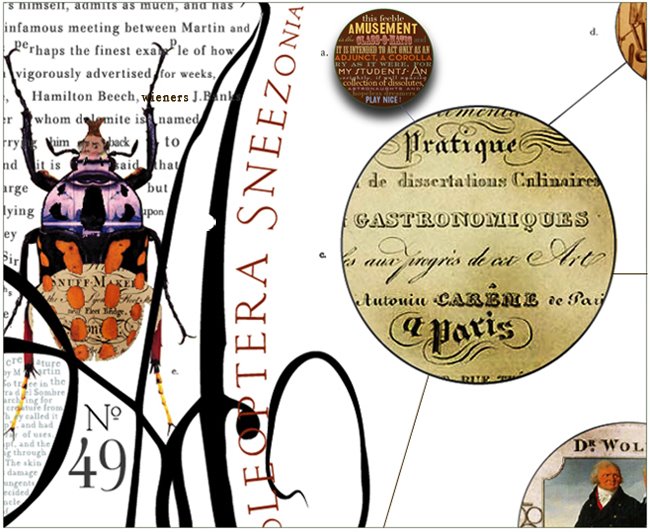 On June 10th 1947, SAAB showed the world the car's prototype, but the first run of 20 cars did not leave the factory until the Summer of 1949. Full scale production wasn't until December and the car was available in only one color: green. Directional arrows were standard but lights were optional!.
On June 10th 1947, SAAB showed the world the car's prototype, but the first run of 20 cars did not leave the factory until the Summer of 1949. Full scale production wasn't until December and the car was available in only one color: green. Directional arrows were standard but lights were optional!.The Saab 92 had a two cylinder, 2 stroke, 28 hp engine. ( rather small I guess, but no doubt enthusiastic.) but...
The extremely aerodynamic shape, gave the car a superb drag coefficient of 0.35. One rather odd thing, about this lovely car, was the absence of a boot (trunk) lid. Access to the luggage compartment which also contained the battery, .. of course.. was thru the back seat. An improved model, the 92B was introduced in the Autumn of 1952.
 But do note dear students, that there's a elemental difference between the sinuous lines of Art Deco & Art Nouveau - and the stylistic innovations of Machine Age streamlining.
But do note dear students, that there's a elemental difference between the sinuous lines of Art Deco & Art Nouveau - and the stylistic innovations of Machine Age streamlining.Art Deco and Art Nouveau were both of European birth, and both presumed an aristocratic consumer, knowledgeable about styles and the earlier high arts, and who were largely predisposed to favour handcrafted productss, and ornate rare materials; the other, Streamlining on the other hand, was largely an American invention, and aimed at the widest possible public, and built on its admiration for industry and its enchantment with all forms of speed.
Champions of Art Deco, found it expressed in expensive public buildings and fashionable private collections. Streamlining rather, was egalitarian, adding modern beauty to useful designs--from lamps to Mixmasters to the most excellent 1950's Edsel --priced for everyone.
One characterized decorative arts in the 1920s, the other dominated industrial design in the 1930s and beyond. The rise of streamlining and twilight of art deco in the United States were hastened by the stock market crash.
It was also apparent by the mid 1930's that the world of tomorrow, embraced not opulent material rarities like rosewood and macassar, but aluminum and plastics, and it belonged more to, not artists in their studios but industrial designers in factories, not to connoisseurs in small esoteric shops, but free-spending mass consumers. Apart from their preference for metallic surfaces and the disdain they inspired in functionalists, art deco and streamlining had little in common.
remember your Streamlined Decade assignment !



No comments:
Post a Comment